Replacement Rocker Panels
A rocker panel is a stamped steel piece that is an integral part of your car's body structure. Rocker panels are located along the sides of the vehicle between front and rear wheel well openings, just below the doors. In fact, you lift your feet over them every time you enter and exit. Aside from roof supports, they are the only part of the frame connecting the front and rear of your vehicle. In this article, we'll discuss the role of rocker panels on your car, why they are more subject to corrosion, and best options for replacement rocker panels if that time has come.
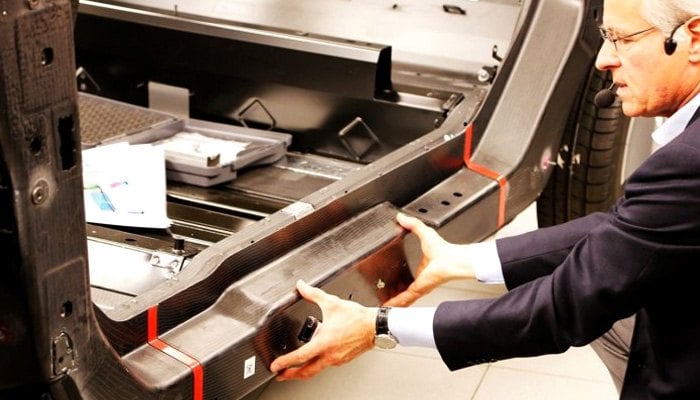
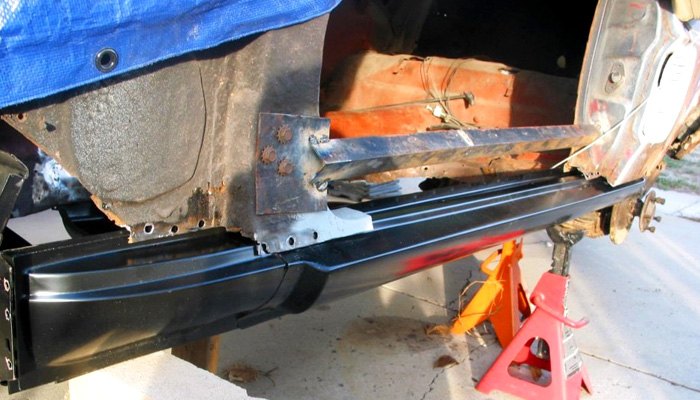
On unibody automobiles where the body and frame of the vehicle are one, rocker panels provide the structural reinforcement that keeps the bottom of the vehicle from sagging in the middle. On more modern cars and trucks designed with front and rear crumple zones, the high strength of rocker panels is essential in creating a passenger cabin area that does not deform in an accident the way hood and trunk sections are designed to. We can therefore conclude that rocker panels play an important part when it comes to safety.
Older body-on-frame vehicles with a separate frame providing support are not affected the same way by rocker panel rot. However, newer trucks built with separate frames have begun using rocker panels and other body components to boost structural rigidity and create torsional stiffness - so they play an essential structural role there as well.
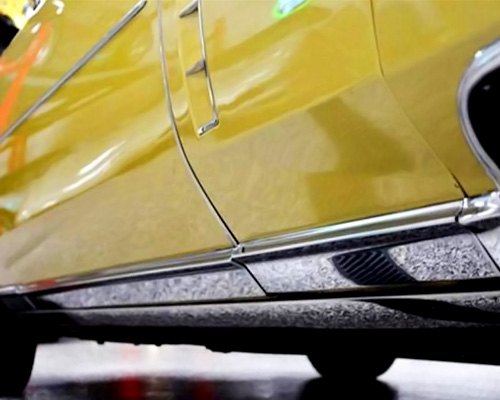
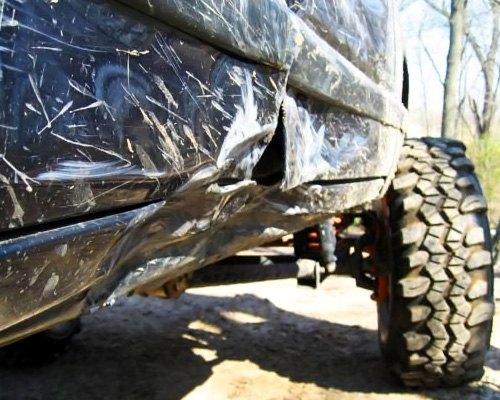
Rocker Panels Location
Rocker panels are located in a spot low on the body where the eye doesn't catch, so they may be ignored when washing the vehicle. On many sporty cars that curve inward at the bottom, carwashes can miss these areas completely. And when OEM plastic or metal trim pieces adorn the vehicle, they're often placed over the rocker panels - effectively blocking cleaning efforts that would normally remove moisture, muck, and corrosive road salt that collect. Severe corrosion is usually the result.
All About Rusty Rocker Panels
Back in the 1950s and '60s when most cars in rust belt states developed rocker panel rot within a few short years, fiberglass repair kits were popular. Strips of fiberglass were soaked in water, then "plastered" onto the compromised area to be sanded smooth later. Since almost all cars of that era had separate bodies and frames, rocker panels could be patched because they did not support the weight of the car. That was yesterday. Today, the only safe way to repair a rotted rocker panel is to replace it entirely. And replacing it properly means cutting away the old rusty metal and welding in a complete rocker panel assembly.
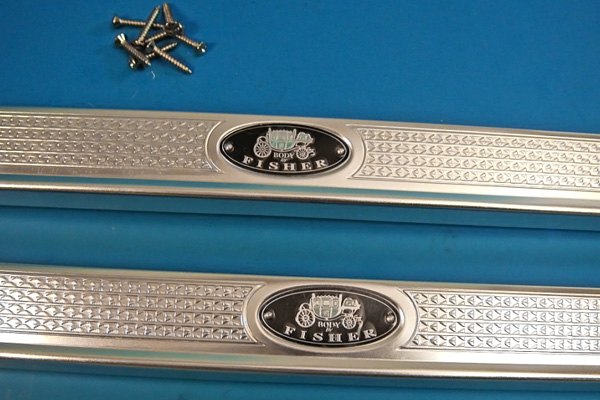

Formation of Rocker Panel Rust
Except in cases of damage or scrapes, rust on rocker panels almost always forms from the inside out. If the naked eye can see any on the surface, it's a safe bet the metal inside is becoming compromised. And experts say if you see a hole rusted completely through, the amount of metal that's been eaten away along surfaces on the inside is many times worse. In short, the rocker panel is well on its way to dissolving away completely.
Off-Roading Can Take A Toll On Rocker Panels
Off-roading enthusiasts know how grueling trails can be sometimes. Bodies of water can hide deep holes, treacherous ruts can appear out of nowhere, and the sturdiest of rocks can shift unexpectedly. Before you know it, the bottom edges of your rocker panels have bounced off something hard enough to wrinkle and tear metal. Or perhaps you simply slid into a high section of curbing in bad weather.
If you've got a rocker panel which has been compromised in that way, you will want to consider replacing it as soon as possible. Significantly compromised panels offer less structural support over rough terrain, are much more prone to rust, and they devalue your vehicle by a large margin. Installing a quality replacement piece is what smart money does, and you should do the same.
Corroded Rocker Panels Compromise Safety
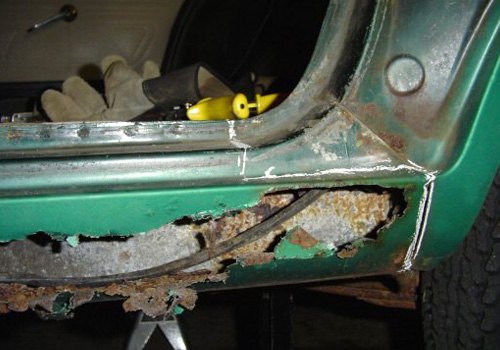
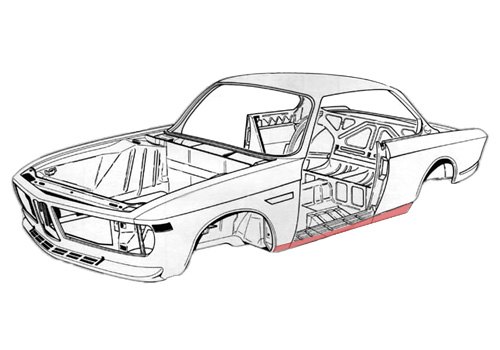
A corroded rocker panel may make it impossible to use your factory jack if it’s specially shaped to work with fitted jack points, because the part of the rocker panel supporting the jack point has lost its strength. On vehicles with suspensions that feature rear trailing arms attached to the rocker panels, corrosion can cause a trailing arm to break free. Such an event might result in loss of vehicle control either from a wayward rear wheel or seized brakes. Another risk that comes from rust holes on any lower areas of the car (including rocker panels as well as floor boards) is exhaust entering the vehicle.
If you bought your vehicle because you value its safety and crashworthiness, remember that the crash ratings it received are based on government crash tests conducted on new vehicles without compromised rocker panels. If you expect to make the car safe, it must be made whole again. The only proper repair to make on a rusty rocker panel is to cut away all the compromised metal, and weld in a new one. Unless you have sheet-metal welding experience, your best bet is to have the work done by a professional. Of course, once the new piece is in place, the job is not done because that new metal needs to be protected by the appropriate coats of primer, paint, and undercoating.
Address Any Beginning Stages of Rust
On a side note, it’s well worth your time to inspect any drain holes located in rocker panel areas on a regular basis. Clean out any gunk that’s built up inside them to prevent moisture buildup which leads to corrosion. And if you find any minor surface rust starting to form in hidden areas, dry the areas out thoroughly, scrub things down to the metal with a wire brush (or tapered narrow brush), and apply some rust inhibitor.
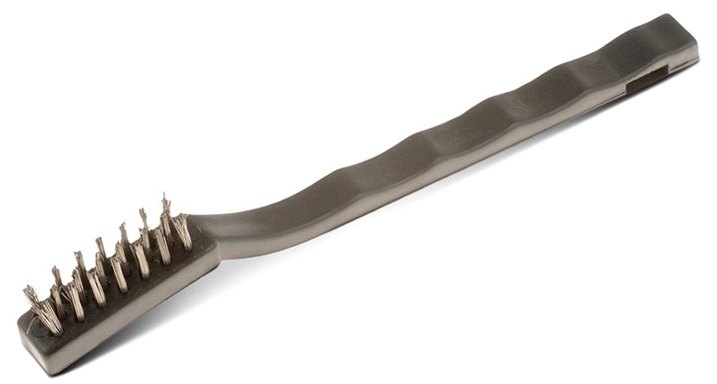
Specific Rocker Panel Parts We Offer
Whether you've got a work truck, off-roader, or restorable classic, we stock quality replacement complete rocker panels from reputable manufacturers that specialize in producing OEM-quality body parts at lower-than-OEM prices. We also offer other related parts such as dog legs and end caps, which join different ends of the rocker panel to the rest of the vehicle.
Dog Legs
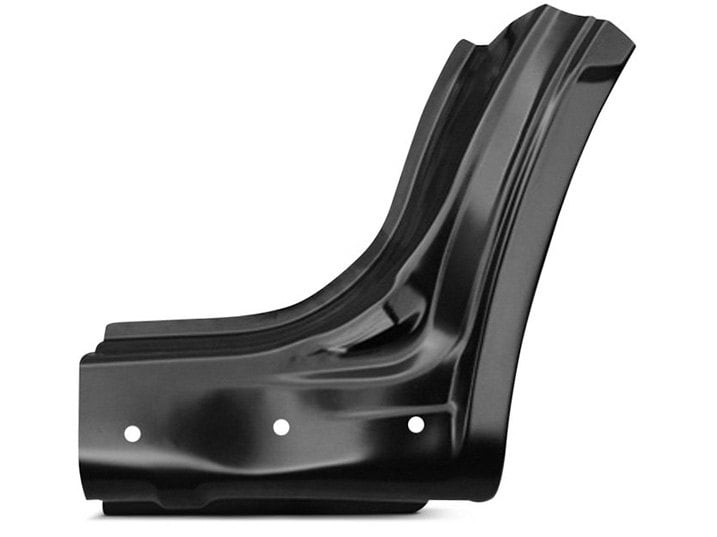
In the world of rocker panels, a “dog leg” is an L-shaped reinforcement piece found on a 4-door vehicle behind the rear door and in front of the rear wheel opening. It joins the horizontal rocker panel to the vehicle’s quarter panel.
End Caps

End caps are other types of pieces that join the horizontal rocker panel section to the rest of the vehicle. While end caps are typically positioned at the front of the rocker panel, some vehicles use them at the rear as well.
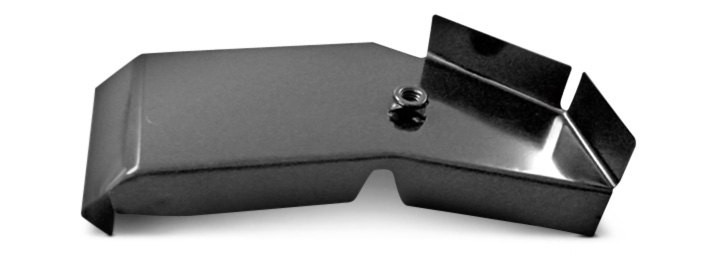
Rocker Panel Patches

What is a rocker panel patch? These pieces are partial sections of the horizontal rocker panel. They’re useful when corrosion has compromised only a small area, and the entire rocker panel does not need to be cut out and replaced. We’ve got patch pieces from Goodmark, Sherman, Spectra Premium, and more.

To help guide you through the Rocker Panels section of our website, we have set it up to provide you the specific choices for your year, make and model ride. Once your vehicle's information is provided, you'll automatically see all the rocker panels and related items that fit.
To sum it up, replacing compromised rocker panels restores vehicle crashworthiness, boosts safety, and gives you peace of mind that your vehicle’s backbone is as strong as ever. We’re glad to help with any questions you may have regarding rocker panels, so give us a call seven days a week!

